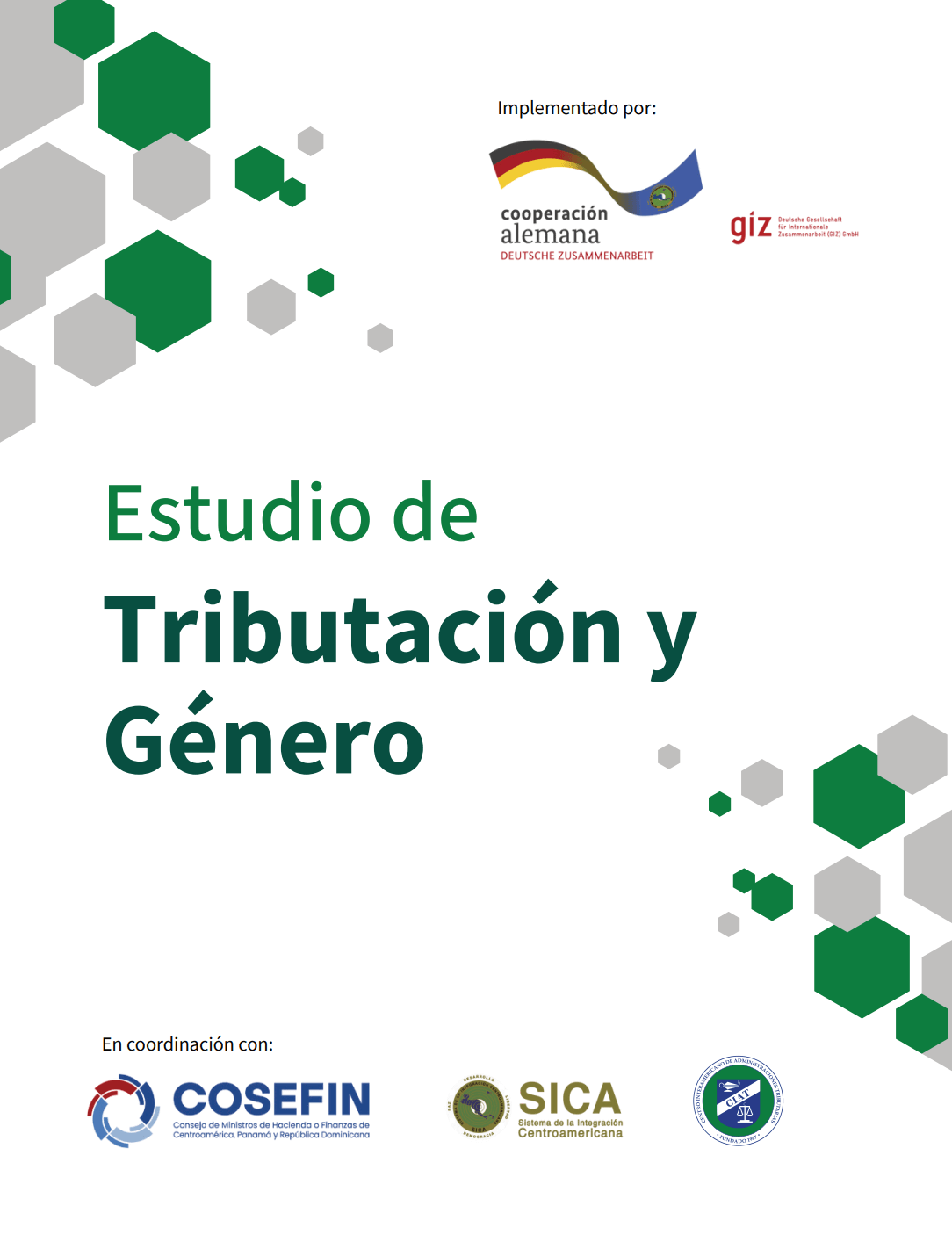A gender-sensitive taxation for Tax Administrations

In the framework of taxation in many countries and practically all regions of the world, there are several open discussions, including its relationship with human rights, the use of artificial intelligence and the very persistent tax evasion. This conversation has regularly involved the gender perspective as one more axis in the analysis of tax systems and their relationship with the construction of more just societies. In fact, in the Sustainable Development Goals (5. Gender equality and 10. Reduction of inequalities), this line is explicitly addressed as a constant in public discussion and its relevance for public finances, both in income and expenditure.
For this reason, the Inter-American Center of Tax Administrations with the financial support of GIZ and COSEFIN undertook the task of conducting a study on Taxation and Gender at the level of our member countries. The study proposed very important and unmet objectives in terms of coverage and depth. It also demonstrated an area of opportunity in our region, the systematicity and availability of information; we express our gratitude to the administrations that collaborated to make this possible.
The Study on Taxation and Gender reveals the importance for tax Administrations to incorporate the gender perspective in all their areas of action, in particular in strategic planning, the production and analysis of information, the control processes and the link with other State institutions.
Taxation with a gender perspective is the analytical framework that allows studying the gaps arising from gender roles in taxation and the role played by tax systems in reproducing or closing these gaps. This approach addresses the differentiated effects between genders, focusing on specific facts that facilitate their theoretical approximation (explicit and implicit biases) and allow their appropriate evaluation.
The study is distinguished at the regional level by the use of official tax records disaggregated by gender. The information was provided by the Tax Administrations of 11 countries, which allowed for an in-depth analysis and the drawing of conclusions regarding the gaps between men and women in various variables of Personal Income Tax (PIT), Value Added Tax (VAT) and Wealth Tax.
Findings
The low relative participation of women as PIT taxpayers in most of the countries that participated in the study (between 35% and 55%) reflects their lower integration into the formal labor market, as well as their greater concentration in informality. Even when women are similarly represented in the taxpayer base, they report significantly lower incomes than men. This disparity – which reaches an average of 20% and in some cases up to 55% — evidences an unequal distribution of labor and capital income, which affects the vertical equity of the tax system.
The largest gender gaps are observed in passive income, such as dividends and foreign income, where men not only declare more, but also have a disproportionate participation compared to women. This reinforces the hypothesis of the masculinization of wealth and reveals how the ownership of the means of production is still mostly in male hands. Such inequalities have a direct impact on effective taxation and perpetuate the gender wealth gap.
The differential treatment of exemptions in some countries benefits men to a greater extent and further reduces the progressivity of personal income tax. When income sources such as dividends are completely exempt, those who concentrate financial assets — mostly men — are favored, which shows how certain exemptions can function as regressive mechanisms that reinforce existing inequalities.
On the other hand, in the case of VAT, its regressive nature impacts most strongly on lower-income households, where women are overrepresented due to their reduced access to labor income, their high participation in unpaid work and their limited ability to save or invest.
Recommendations
In each of these topics, the study not only identified problems, but also proposed concrete courses of action. Although tax administrations do not have regulatory competence, the study highlights their decisive role in moving towards fairer tax systems. The recommendations include strengthening the continuous training of staff and, above all, ensuring the systematic collection of information disaggregated by gender and other attributes, an indispensable condition for making gaps visible and designing effective policies. Likewise, they urge to integrate the gender approach into institutional planning through objectives and specialized technical teams, as well as to coordinate efforts with other organizations to enrich the available evidence. Finally, the study propose to evaluate possible biases in the supervision and services to taxpayers, promoting inclusive practices and documenting experiences that strengthen institutional and regional learning.
Our study constitutes a novel and remarkable contribution in this field of analysis. In addition, the study becomes a tool through which tax Administrations can find information and recommendations to support their efforts towards substantive gender equality and, from there, towards increasingly fair tax systems. The challenge remains open to repeat this exercise, at the national or regional level, to provide data to nurture the design of gender-sensitive fiscal and tax policy, where equality and equity can be documented from the daily actions of citizens who demand a better performance of tax systems, where the gender perspective is not only urgent, but crucial.

